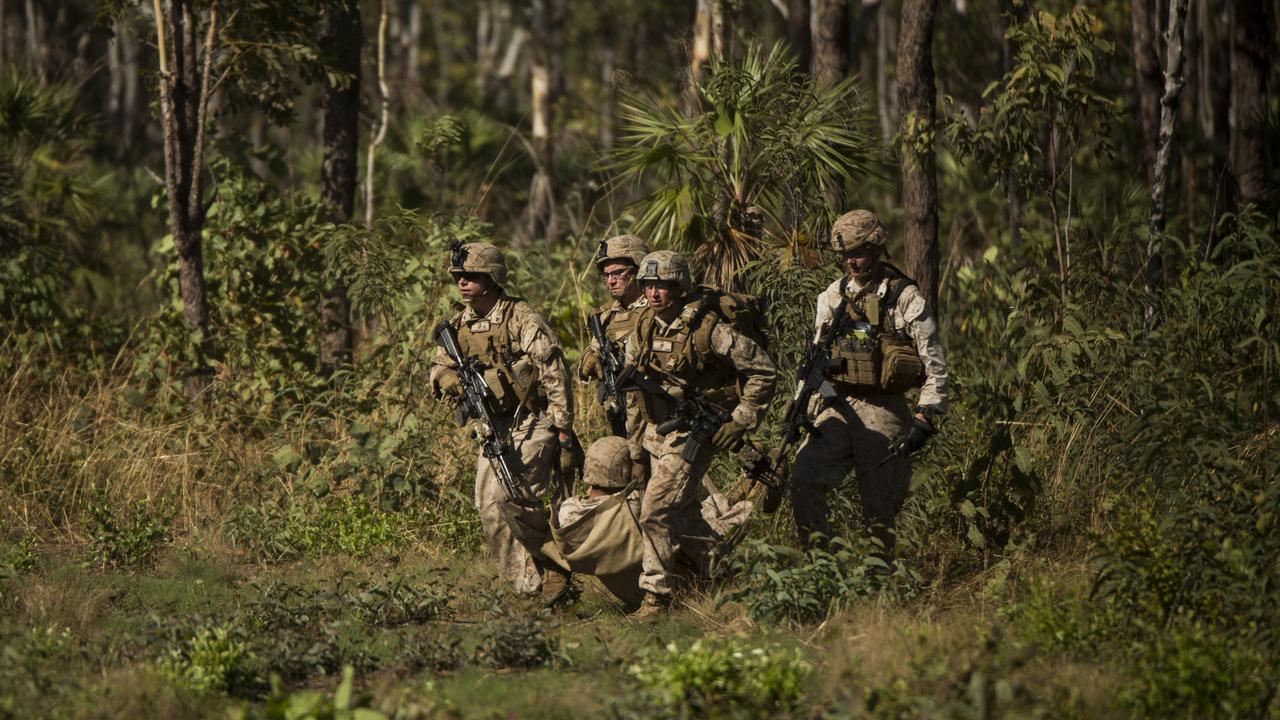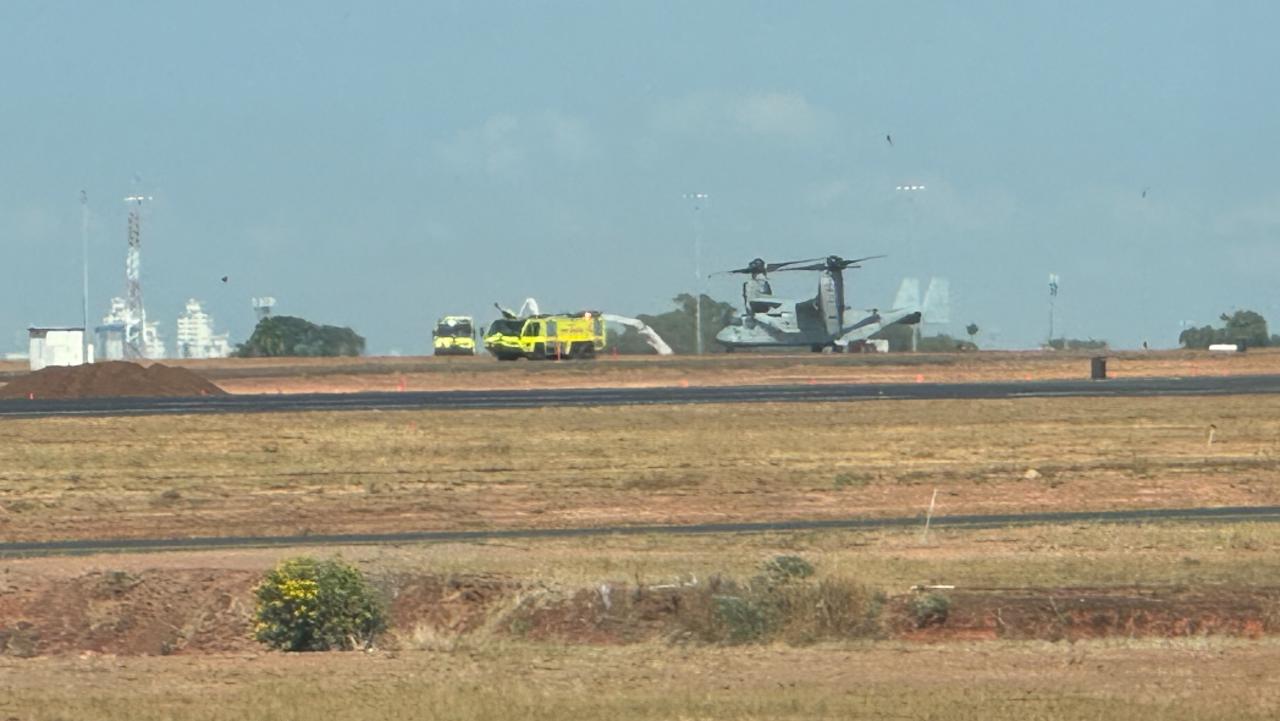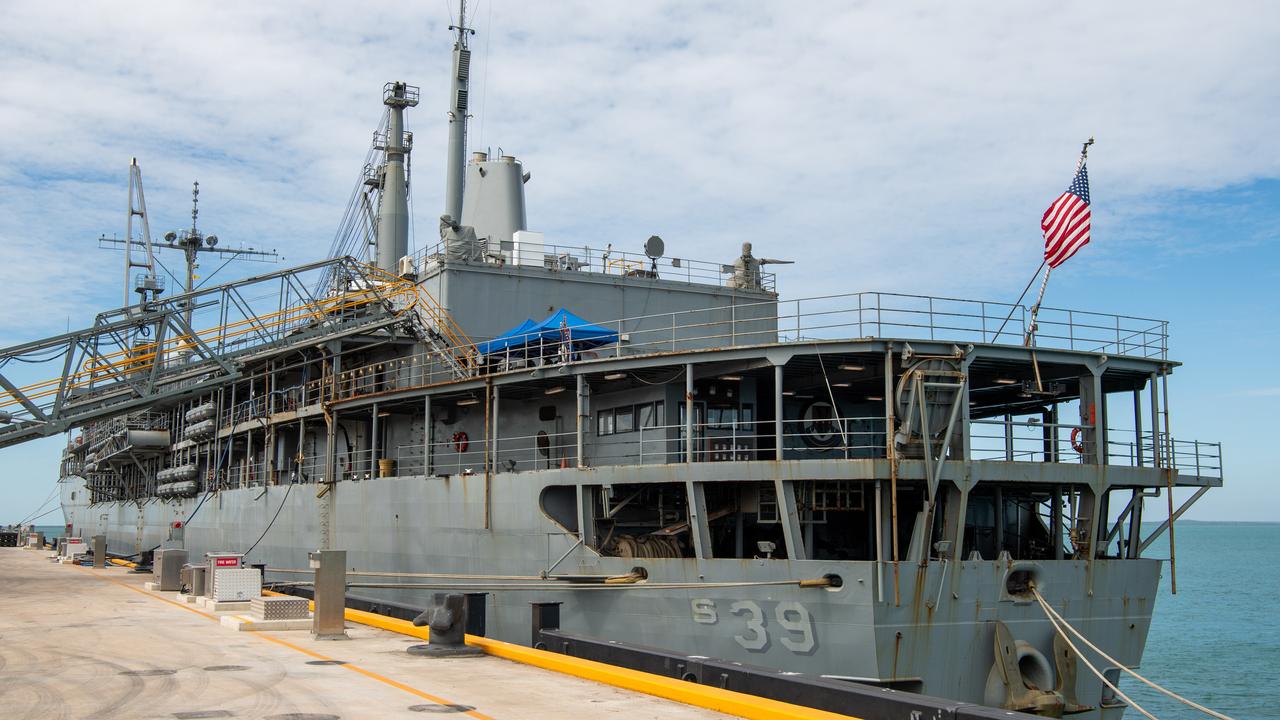
A senior coalition member has lashed out at a plan by the Greens to cancel defence contracts and shut down military bases, including the likes of Pine Gap, in a bid to stifle foreign military activity.
The Opposition spokesman for Defence Andrew Hastie wants a new defence committee to be restricted to Labor and Liberal members.
"The Greens plan includes ‘Renegotiate the US alliance to secure a new relationship focused on making us a better global citizen’ and ‘Close all military bases that foreign militaries have set up in this country’.”
“Of course, that would include Pine Gap, a really critical part of our alliance,” he said.
“It would also include the closure of any defence establishments in Darwin that support the current footprint of the Marine Expeditionary Force, which works so closely with the Australian Defence Force.”
“Liberals are trying to stop the Greens from joining a new defence committee because of policies like: be a good global citizen; close foreign bases and Pine Gap; the U.S.A. alliance; end AUKUS. Could you imagine if the ALP and Liberals had to consider these very popular policies?”




